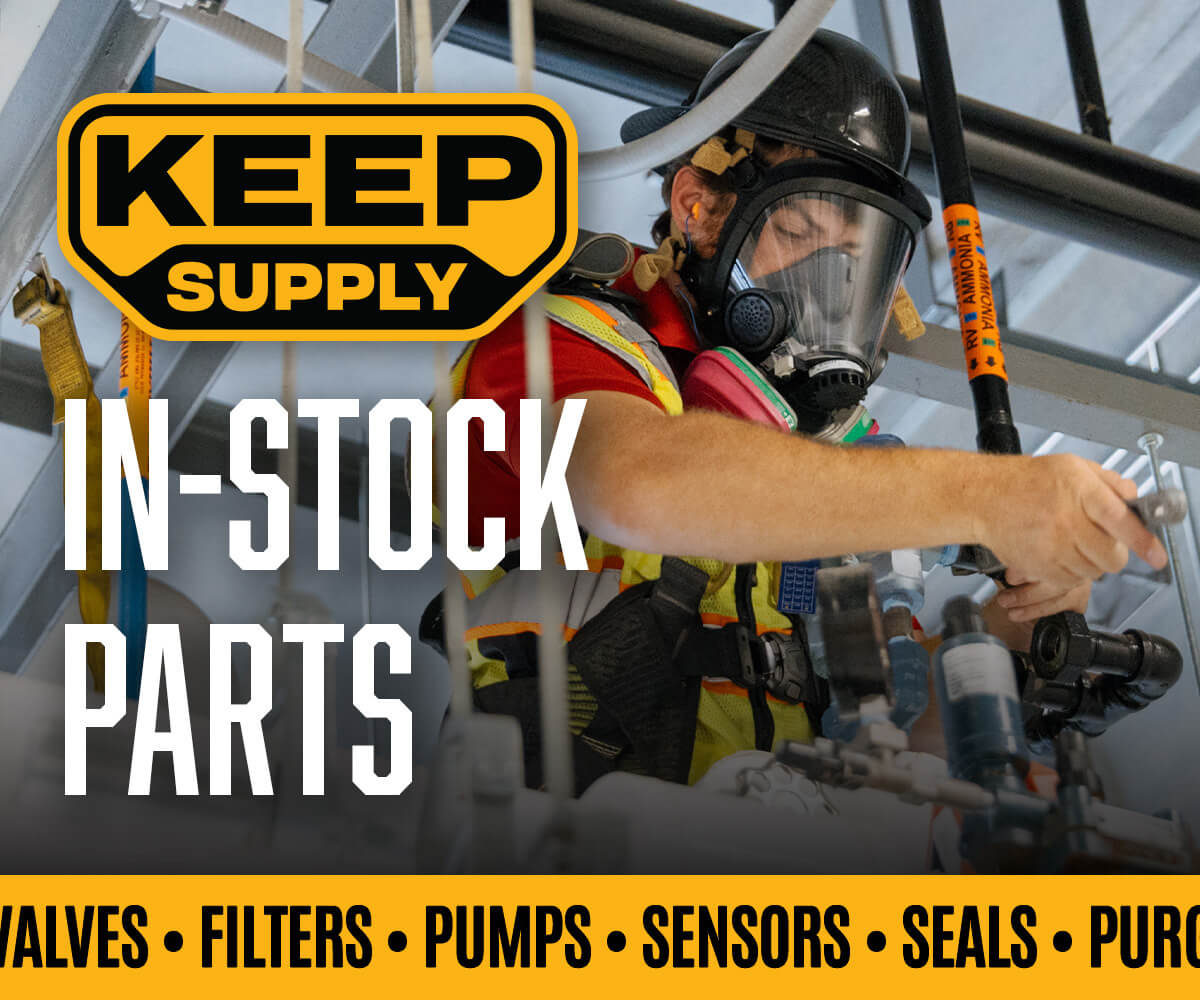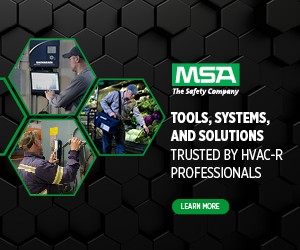IIAR, ASTI, Developing Emergency Safety Guidance
Following up on that action, the International Institute of Ammonia Refrigeration has partnered with the Ammonia Safety Training Institute and the National Institute of Occupation Safety and Health to develop a guideline addressing the use of protective equipment to help fulfill requirements for government agency emergency action plan policies that require planning for rescue and mitigation, said Eric Smith, IIAR’s vice president and technical director.
The guidance is intended to assist employers, governmental regulators and public-safety emergency responders to set policy on emergency procedures to both avoid and address ammonia incidents by preparing for high-risk ammonia system maintenance and critical plant operations associated with an emergency action plan. The guidance can also be used to aid in developing operations for emergency response plans.
The policy guidance provided in the document is designed to provide a higher degree of engagement on critical life-safety tasks, Smith said. The recommended respiratory protection, training criteria, and emergency action plan will assure a higher level of life safety for operators, responders, employees, contractors, visitors, and community members. According to the document, in the 1990s the hazmat response culture was centered on a team of technician-level trained responders using fully encapsulated entry suits to enter emergency sites that are immediately dangerous to life or health. The time to respond, setup, and enter a simple ammonia leak could take hours.
The Industry began to rely on publicsafety hazmat response rather than comply with the then-new regulatory push associated with an Emergency Response Plan. Many employers who had organized their plant hazmat team found that the cost and workhours to maintain the team was too costly. Some facilities which could respond to ammonia incidents demobilized their hazmat teams and joined the others who relied on public safety services to handle a hazmat emergency.
Previously, model codes, IIAR guidelines and American Society of Heating, Refrigeration, and Air-Conditioning Engineers Standard 15 required employers to maintain two self-contained breathing apparatuses located within or near the machinery room. However, the move to de-mobilize hazmat teams played a part in the removal of the SCBA requirement in the model codes. The concern was if SCBAs were on-site, untrained persons would use them and potentially cause additional injury.
potentially cause additional injury. No significant life-safety substitutes replaced the two SCBA requirements, and there have not been any new federal Occupational Safety and Health Administration requirements that would require advances in personal protective equipment for high-risk critical-task performance for those who chose the Emergency Action Plan approach.
Many employers chose to notify 911, evacuate employees, and then count on public-safety responders and/ or contractors to handle all emergency response challenges, including medical and rescue responsibilities. The lack of a response team and implementation of an EAP was termed within the industry as “non-responding.” Recent incidents at ammonia facilities that implement an EAP have resulted in serious injury and life loss, prompting Cal-OSHA to enforce the presence of SCBAs or a suitable substitute, to ensure rescue operations are possible.
Cal-OSHA has determined the industry adoption of a “non-response” policy has inappropriately allowed sites to defer rescue and medical duties to the public emergency responders. In practice, most public response teams cannot respond quickly enough to rescue a person that might be incapacitated as a result of an ammonia release.
The administration’s current position requires employers to assure that ammonia system operators, responders, and employees have the equipment, procedures, and training needed to assure compliance with the life-safety elements listed in the EAP. The lifesafety elements include the ability to perform rescue or provide self-rescue options and facilitate decontamination and first aid.
After examining the situations leading to recent deaths of workers in ammonia plants, Cal-OSHA announced that they would instruct their inspectors to enforce the two-SCBA requirement. The decision was announced during a Chemical Safety Day presentation in Turlock, Calif., in November 2018. Attendees were notified that a serious violation would be cited for each of the two SCBAs not in place and in good service.
The citations would result in a large fine for each missing or inoperative SCBA. For those employers who did not want to use SCBAs, Cal-OSHA offered an alternative to the two-SCBA rule. In lieu of the two mandated SCBAs, the employer may provide at least two respirators that are approved by the National Institute for Occupational Safety and Health for immediately-dangerous-to-life-or-health situations.
Cal-OSHA offered the option of two emergency escape breathing apparatuses with 10-minute air bottles within the ammonia system mechanical room. The administration also indicated that including “procedures for rescue” within the EAP could be deemed sufficient to meet the “rescue” requirement established in the EAP.
Today the fire service is working towards a new “Standard of Care/Response” that will encourage an update for hazmat response to more accurately reflect current response issues, scenarios, and related challenges.
There is agreement that the ammonia refrigeration industry needs to develop clear and well-considered guidance on how to accomplish a deeper level of engagement of the elements of the EAP. Evidence shows that the nonengagement, “push a button and run” EAP logic has resulted in unacceptable loss of life, off-site consequences, and property damage.
The organizations that developed the guidance document believe that it will help reduce the risk to workers and improve productivity. For example, facility downtime can be avoided by handling incidental releases and providing more control over the work environment without fearing enforcement and fines. Additionally, a higher level of ability for facility and public safety first responders to be equipped and trained to engage life safety and system shutdown or control during discovery, and the initial response is a vital part of best practices described in the guidance.
The document is divided into three major parts: recommendations for pre-event and operational readiness, respirators and personal protective equipment, and training for pre-event readiness and emergency action. Smith says that while the guidance is nearly complete, it has not yet been completely finalized.
That said, the organizations endorsing the policies recommended in the document agree that industry, government, and public safety officials should work together to support a risk-based approach for informing critical life safety choices that occur during the discovery phase of an incidental or emergency event. Those trained and equipped in accordance with the guidance should be empowered to engage in critical life-safety measures after performing incidental control or while escaping an emergency event that may be developing into an IDLH situation.















